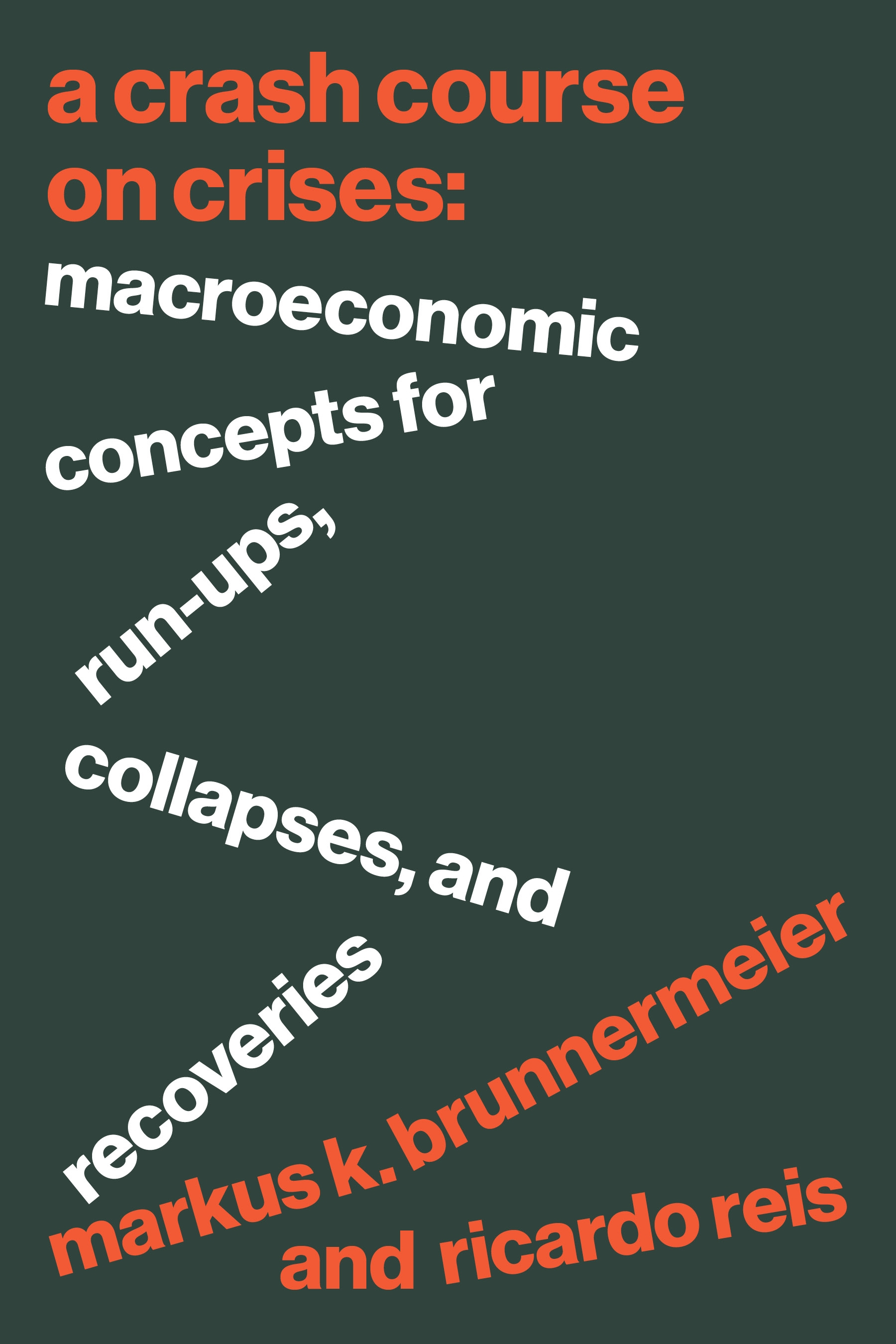In this interview Ricardo Reis challenges conventional thinking on debt sustainability and raises important considerations for the future. He explains that governments can sell debt at lower interest rates, which provides a “debt revenue” and allows them to borrow large amounts without dire consequences. However, he also highlights potential risks for future debt sustainability, such as high inflation. Reis explores the trade-offs in financial regulation and the impact on the demand for government bonds.
A Crash Course on Crises: Macroeconomic Concepts for Run-Ups, Collapses, and Recoveries
With alarming frequency, modern economies go through macro-financial crashes that arise from the financial sector and spread to the broader economy, inflicting deep and prolonged recessions. A Crash Course on Crises brings together the latest cutting-edge economic research to identify the seeds of these crashes, reveal their triggers and consequences, and explain what policymakers can do about them.
Each of the book’s ten self-contained chapters introduces readers to a key economic force and provides case studies that illustrate how that force was dominant. Markus Brunnermeier and Ricardo Reis show how the run-up phase of a crisis often occurs in ways that are preventable but that may go unnoticed and discuss how debt contracts, banks, and a search for safety can act as triggers and amplifiers that drive the economy to crash. Brunnermeier and Reis then explain how monetary, fiscal, and exchange-rate policies can respond to crises and prevent them from becoming persistent.
With case studies ranging from Chile in the 1970s to the COVID-19 pandemic, A Crash Course on Crises synthesizes a vast literature into ten simple, accessible ideas and illuminates these concepts using novel diagrams and a clear analytical framework.


